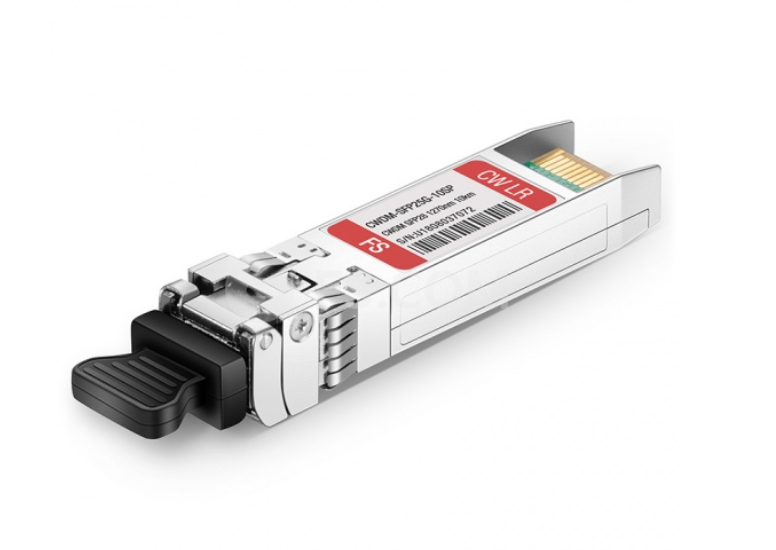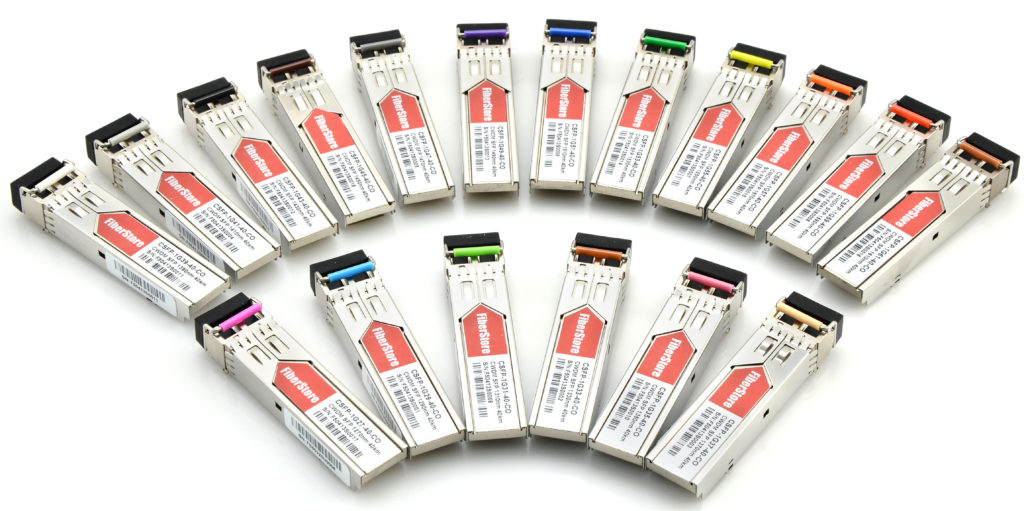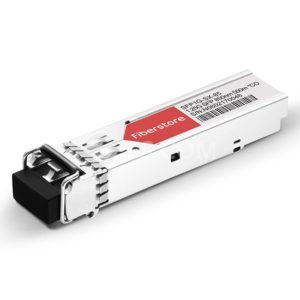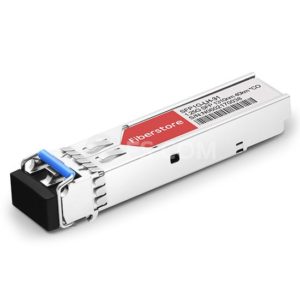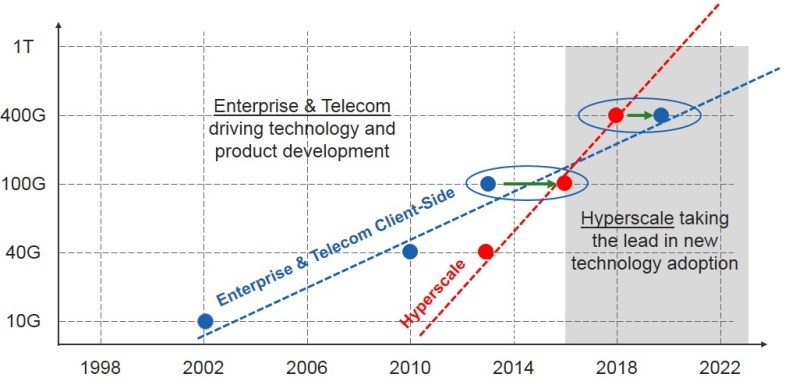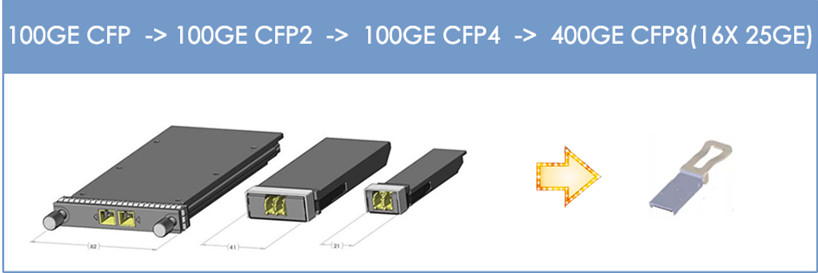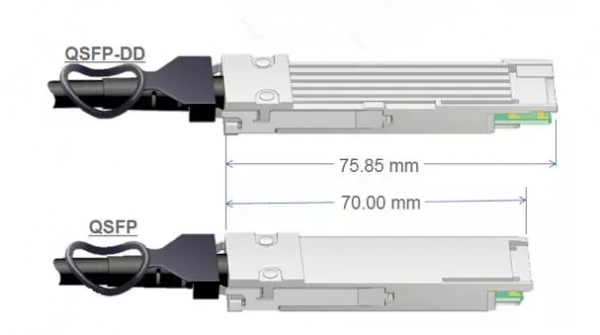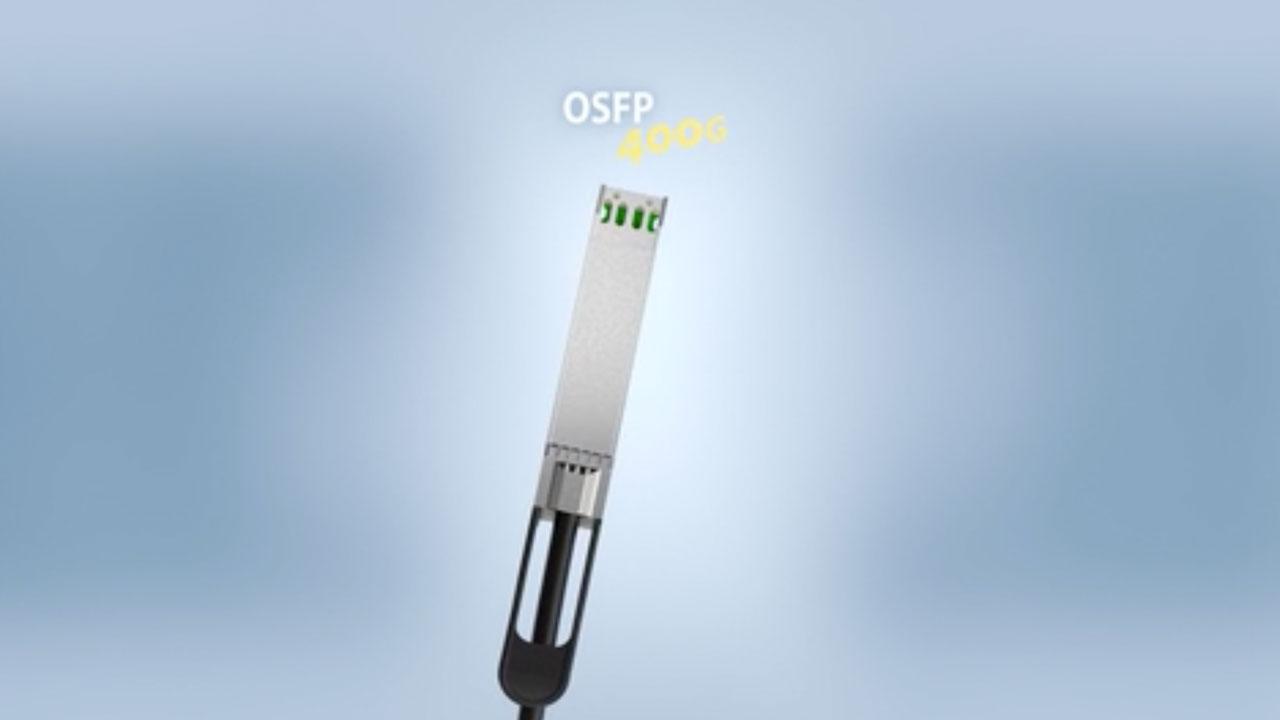With the large-scale deployment of 100G, the ultra 100G technology — 400G has gradually become a hot topic in the industry. There is no doubt that 400G will eventually be the next major Ethernet speed in the data centers. In fact, the world’s leading optical transceiver manufacturers have launched their own 400G optical transceiver modules such as 400G QSFP-DD, OSFP, CFP8 and COBO transceivers for 400G data transmission. This article will focus on the 400G CFP8 VS QSFP-DD transceivers.
What Is 400G QSFP-DD Transceiver?
QSFP-DD refers to Quad Small Form-factor Pluggable Double Density. It is a new 400G transceiver designed with eight lanes that operate up to 25Gb/s NRZ modulation or 50Gb/s PAM4 modulation, providing solutions up to 200Gb/s or 400Gb/s aggregate. The term “Double-Density” refers to the doubling of the number of high-speed electrical interfaces that the module supports compared to the regular QSFP28 module. 400G QSFP-DD transceiver enables up to 14.4Tb/s aggregate bandwidth in a single switch slot. By quadrupling aggregate network switch bandwidth while maintaining port density, QSFP-DD can support continuing growth in network bandwidth demand and data center traffic.
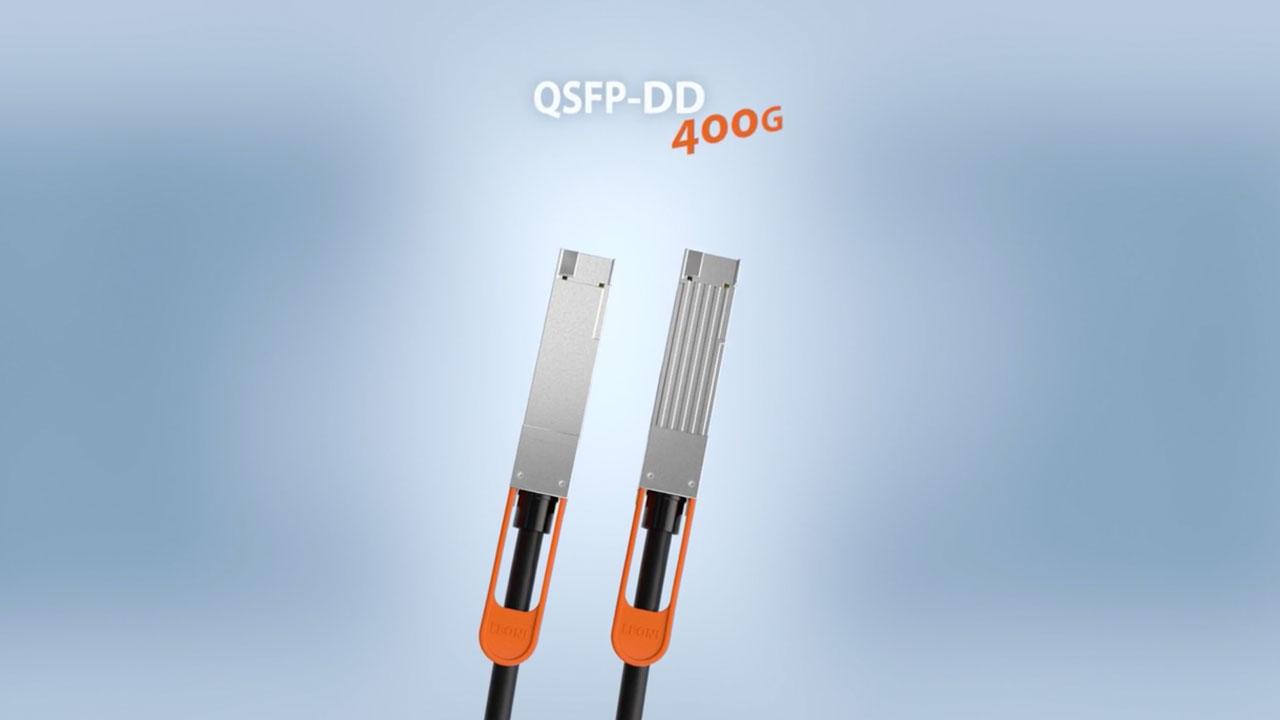
What Is 400G CFP8 Transceiver?
CFP8 transceiver is the 400G form factor type specified by the CFP MSA (Multi-Source Agreements). It is the same size as the CFP2 transceiver but uses a new 16x25G electrical I/O connector. As for bandwidth density, it respectively supports eight times and four times the bandwidth density of CFP and CFP2 transceiver. Generally speaking, there are four types of CFP8 modules on the market— CFP8 FR8/LR8, CFP SR16, and CFP DR4. The interfaces of the four CFP8 transceivers are generally specified to allow for 8 x 50Gb/s, 16 x 25Gb/s, 4x100Gb/s modes, respectively.
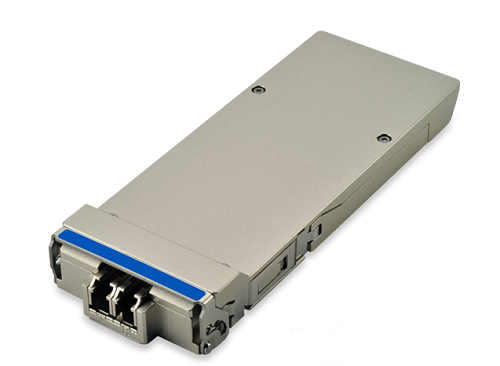
CFP8 VS QSFP-DD: Which 400G Transceiver to Choose?
The upgrading path of the CFP series is CFP-CFP2-CFP4-CFP8, and QSFP-DD has also experienced hardware specifications from 1.0 to 4.0. These are all long-established form-factor series. Compared to the QSFP series, the CFP series seems to be less popular for obvious reasons — large size and high power consumption. Below we will detail the differences between CFP8 VS QSFP-DD.
In general, the width, length, and thickness of QSFP-DD are 18.35mm, 89.4mm and 8.5mm, while those of CFP8 are 41.5mm, 107.5mm and 9.5mm. The size of CFP8 transceiver is larger than QSFP-DD, and the volume is more than three times that of QSFP-DD. However, since the CFP8 transceivers are applied for telecommunication applications, and the port density requirements are not as high as in the data center, so the size is acceptable.
The maximum bandwidth of CFP8 and QSFP-DD is 400Gb/s, but CFP8 only supports 400Gb/s (16x25G, 8x50G, 4x100G), while QSFP-DD supports both 200Gb/s (8x25G) and 400Gb/s (8x50G). Thus, QSFP-DD works better than CFP8 in the performance.
QSFP-DD has a thermal capacity of 7 to 12 watts, while CFP8 allows up 24 watts power consumption. The larger the thermal capacity, the greater the power consumption that the optical transceiver can withstand. With the advancement of technology, some industry-leading manufacturers have been able to reduce the power consumption of optical modules far below the upper limit of thermal capacity specified by MSA, so the larger thermal capacity does not seem to be a real advantage. However, as we all know, the lower the power consumption, the better.
There is not any mention of backward compatibility in the hardware specification of CFP8. In fact, the entire CFP series transceiver does not seem to be backward compatible. However, 400G QSFP-DD transceiver has the advantage of backward compatible with QSFP, QSFP+, and QSFP28, which provides flexibility for end users and system designers.
Conclusion
After introducing and comparing QSFP-DD and CFP8, we find that QSFP-DD has unparalleled advantages in 400G applications. It is expected that when the world’s leading hyper-scale data centers begin to deploy 400G, QSFP-DD will become the mainstream form-factor of 400G optical transceivers. It is undeniable that QSFP-DD transceiver is the best choice for your network.
Related Articles:
FS.COM Is Ready to Devote to 400G Transceiver Market
CFP Module Overview: CFP, CFP2, CFP4 & CFP8

